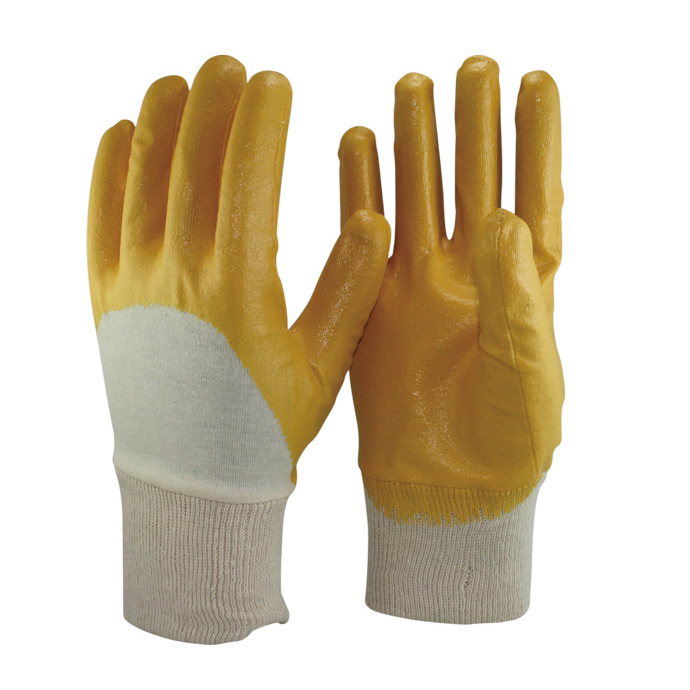 Free Shipping on Order Over $50
Anything Under $50 Flat Fee of $9.99
Track Your Order
Free Shipping on Order Over $50
Anything Under $50 Flat Fee of $9.99
Track Your Order
 Free Shipping on Order Over $50
Anything Under $50 Flat Fee of $9.99
Track Your Order
Free Shipping on Order Over $50
Anything Under $50 Flat Fee of $9.99
Track Your Order

Hand injuries take a toll on workers and businesses in the form of lost productivity and lost wages. Hence, proper work gloves selection plays a vital role in creating a safer workplace to ensure productivity and employee morale.
Suppose you are a safety professional in charge of ensuring hand protection. In that case, you need to identify relevant industry guidelines related to your specific area of work. For instance, a mechanic is not expected to wear cooking gloves that do not provide the right level of protection against harmful chemicals a mechanic is exposed to at work.
With that said, choosing the right glove is important for business owners and safety officers to address specific workplace hazards.
Not every work environment is the same, and so are the hazards. For example, oil and gas workers are especially exposed to abrasions, cuts when dealing with slippery, oily, sharp objects. Hand and finger injuries are very common in this sector.
Construction work is another dangerous profession. Workers have to deal with heavy machinery, hand-operated tools that pose severe threats to hands.
Start by taking a closer look at:
Not all workers are exposed to the same level of risk. Where do your people work? are they exposed to a hand hazard? Do they work with unguarded machinery? Are they new? Are they well-trained to handle equipment?
On this note, make sure that you identify ways to reinforce safety expectations for the workers while working on the site.
Assess each hazard and ask yourself how likely it is that it will cause harm and how severe consequences can turn out to be. For example, cut-related injuries fall into the following categories based on the severity:
As much as safety managers select work gloves with the best intention in mind, workers will find it safe and comfortable to wear gloves.
OSHA suggests wearing gloves based on the task at hand, the chemicals encountered and the performance of the glove material. For example, automotive plant workers are exposed to rough edges. Therefore, they need gloves that are resistant to injuries like punctures and cuts.
The key takeaway
There is not one work glove to ensure protection from all types of hand injuries. However, staying aware of the latest innovations, considering workers’ needs and training, can significantly reduce the risk of hand injuries at work.
Are you ready to put safety first? Reach out to GLOVEMART now to explore the range of work gloves to suit your workers’ needs.